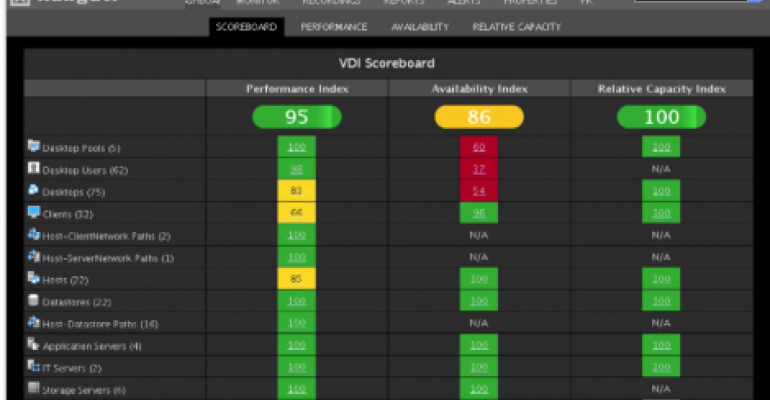At the Citrix Synergy 2015 conference this week Xangati announced that it has extended the number of hypervisors it can monitor to include XenServer.
Xangati provides service assurance analytics for hybrid cloud and virtual infrastructures. While Xangati already supports VMware and Microsoft Hyper-V, Atchison Frazer, vice president of marketing for Xangati, says that thanks to increased usage of cloud services customers now want to be able to also monitor open source XenServer and Xen Project hypervisors that have been embraced mainly by cloud service providers such as Amazon Web Services, Rackspace, 1&1 Internet, IBM SoftLayer and Korea Telecom.
Rather than having separate IT monitoring frameworks for each hypervisor environment, Frazer says that IT organizations that are short on staff are looking to consolidate the management of IT operations across public and private clouds.
In general, Frazer notes that the rise of the OpenStack cloud management framework is also serving to make IT organizations more cognizant of open source hypervisors.
“We see a lot of organizations looking at XenServer as an open source alternative to KVM Kernel-based virtual machines,” says Frazer. “There’s also a lot of use of XenServer in virtual desktop infrastructure (VDI) deployments."
Xangati analytics software itself gets installed as a guest on top of the hypervisor. In the case of Citrix XenServer, that means being able to capture data from Citrix XenDesktop and XenApp virtualization software along with the NetScaler networking appliances.
At the conference this week Citrix also released a service pack update for XenServer 6.5 that adds enhanced graphics support via Intel GVT-d GPU pass-through for Windows and nVIDIA GPU pass-through for Linux along with Docker container run-time management capabilities.
The rate at which IT organizations will move to unify IT management is, of course, a subject of debate inside and out of data centers. While VMware is clearly the dominant hypervisor inside most enterprise data centers, open source hypervisors have gained traction in the cloud. Microsoft, meanwhile, continues to gain Hyper-V ground with each new deployment of Windows Server 2012.
At the moment, it’s clear that most IT organizations have already deployed multiple hypervisors, some of which Frazer notes now come embedded inside applications. While most IT organizations manage deployments of these hypervisors in a semi-autonomous fashion, Frazer says the number and types of hypervisors that need to be managed inside and out of traditional data centers increases a generational shortage of IT administrators with virtualization expertise, likely to soon force the management issue.





